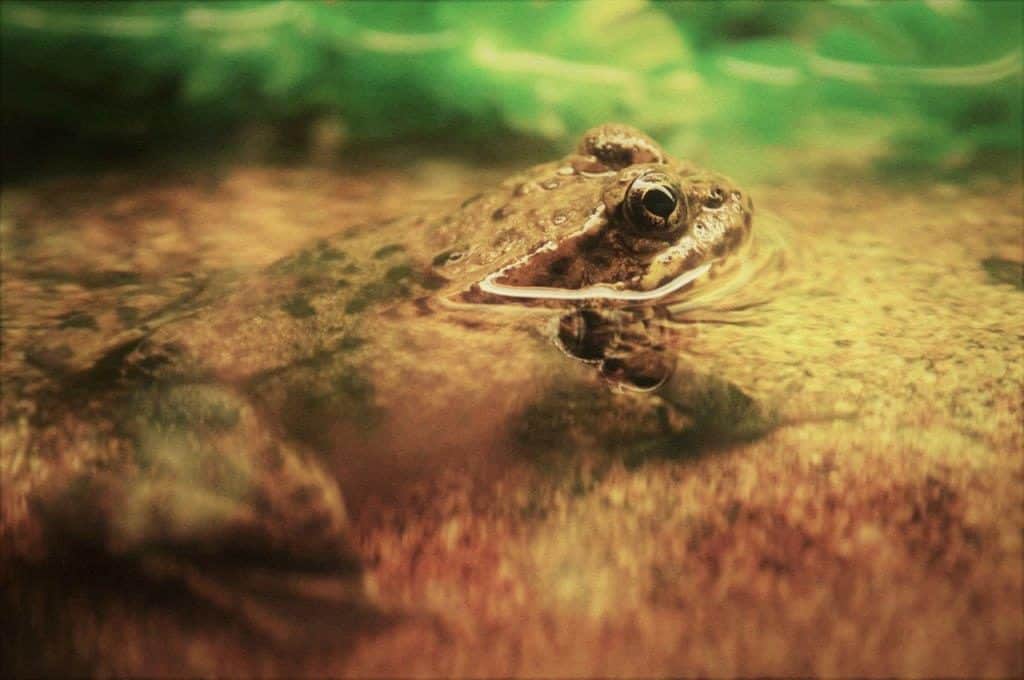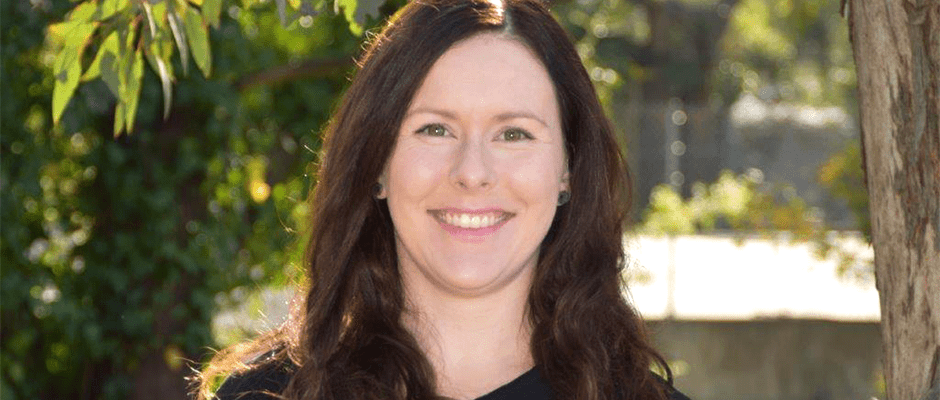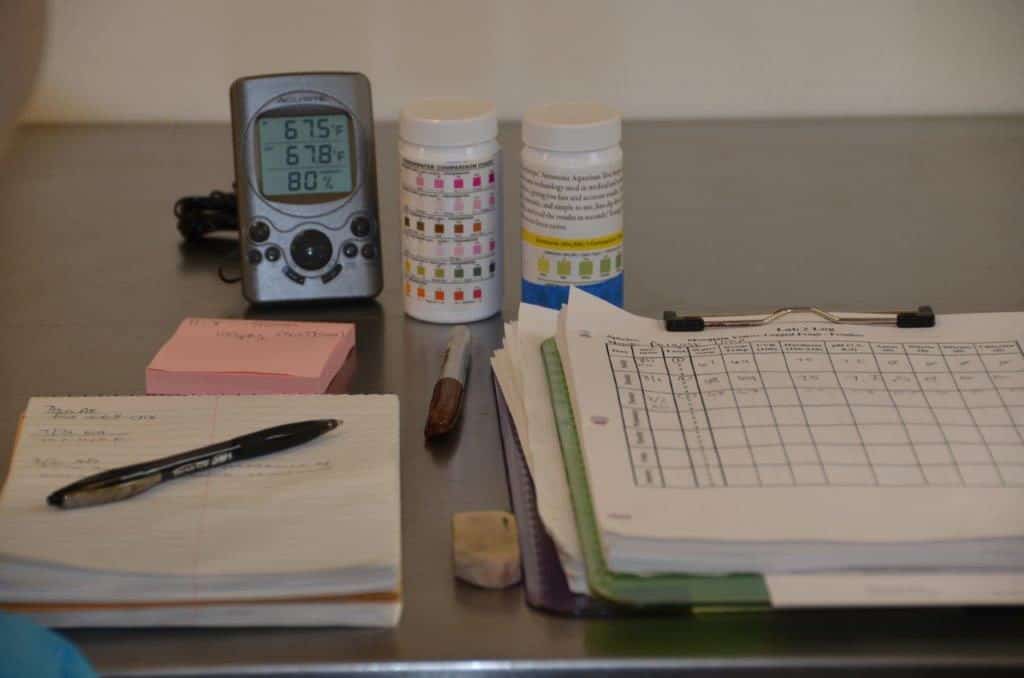Share this article
Site visit insights: Zoo partnership tackles chytrid
Site visits are critical to helping scientists learn more about species and their habitats. The trips often take them into areas most people do not have a chance to explore, including public and privately-owned restricted sites, as well as some remote and hard-to-reach areas. “Site visit Insights” provides a behind-the-scenes perspective of wildlife biology, featuring photographs and interesting discoveries and happenings biologists experience in the field.
In cooperation with the U.S. Fish and Wildlife Service, The Wildlife Society is pleased to share these insights.
Wildlife Biologist: Jill Seymour, senior wildlife biologist, Sierra-Cascades Division
Site visit location: Oakland Zoo, Oakland, California
What was the purpose of the site visit?
The purpose of our site visit was to tour the Oakland Zoo’s captive rearing facility and learn firsthand about the captive rearing and chytrid treatment process.
The Sacramento Fish and Wildlife Office conducts endangered species consultations on projects throughout the Sierra Nevadas (from roughly Lassen National Park south to Sequoia National Forest) and supports our counterparts in the work they do with endangered Sierra Nevada species. Two of the species that we frequently focus on are the Sierra Nevada yellow-legged frog (Rana sierra) and northern Distinct Population Segment of mountain yellow-legged frog (Rana muscosa), collectively referred to as mountain yellow-legged frogs.
Mountain yellow-legged frogs are severely threatened by chytrid fungus, which has decimated populations throughout these species’ ranges. The U.S. Fish and Wildlife Service has partnered with other federal agencies, affiliated experts from academia, the San Francisco and Oakland Zoos and similar groups, in efforts to combat the effects of chytrid on the species. Both the San Francisco Zoo and Oakland Zoo currently have captive rearing programs where mountain yellow-legged frog eggs and tadpoles collected from wild populations are raised in a setting where they can receive treatment to increase their immunity to chytrid before they are released into the wild.
Where did you go?
Several colleagues and I went to the Oakland Zoo in Oakland, California.
What partners were you working with and what is the nature of SFWO’s partnership with them?
The Oakland Zoo’s mountain yellow-legged frog captive rearing program is the product of a partnership between the zoo, U.S. Fish & Wildlife Service, U.S. Forest Service; National Park Service, California Department of Fish and Wildlife, affiliated experts from the University of California, Santa Barbara and similar groups. The federal and state agencies review project proposals, issue permits and, when possible, provide financial support for the collection, captive rearing and release of the frogs, while species experts from the other groups arrange and conduct the permitted activities.
What did you learn from this site visit that you didn’t know before?
Touring the captive rearing facility gave me the opportunity to understand and appreciate the logistics of raising endangered frogs and tadpoles in a way that simply reading or hearing about the process can’t. The Oakland Zoo has several rooms dedicated specifically to the captive rearing of mountain yellow-legged frogs. Each room contains many tanks that serve as these frogs’ “ponds.” The zoo staff follow strict husbandry protocols, including decontamination procedures for each room, feeding regimens and water quality monitoring. The building event has a dedicated water filtration system.
During our visit, we also learned about some of the Oakland Zoo’s other conservation efforts, including a captive breeding program for the extremely rare Puerto Rican crested toad. Similar to the mountain yellow-legged frog program, individual crested toad tadpoles reared at the zoo are released back into the wild.
What surprises did you encounter during the site visit?
The main surprise of the trip was how much important work is being done by such a small staff. Running the captive rearing program and keeping hundreds of endangered frogs healthy is an enormous task. The dedicated work of the Oakland Zoo staff makes the program possible.
Another thing that impressed us was how the staff keeps track of every single individual from the time they arrive at the zoo until they are returned into the wild. If one tadpole appears to be injured or sick, the zoo veterinarians and staff will monitor and document the individual’s medications and its health. This is no easy task when there are hundreds of frogs and tadpoles.

Millions of amphibians globally are facing extinction due to Chytridiomycosis (Chytrid)—a fungus that thickens their skin and prevents them from breathing. ©Rick Kuyper/USFWS
Learn more:
Service Working to Combat Killer Chytrid in California Frog Populations
The U.S. Fish & Wildlife Service is a Strategic Partner of The Wildlife Society.
Header Image: Senior Wildlife Biologist Jill Seymour is part of the Sacramento Fish and Wildlife Office’s team that conducts endangered species consultations on projects throughout the Sierra Nevadas. ©Veronica Davison/USFWS









